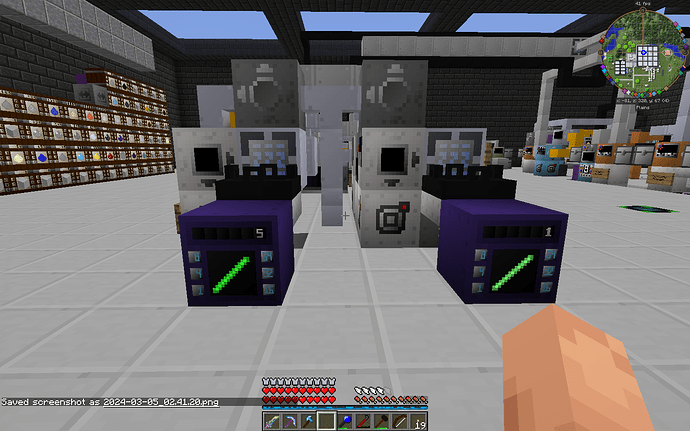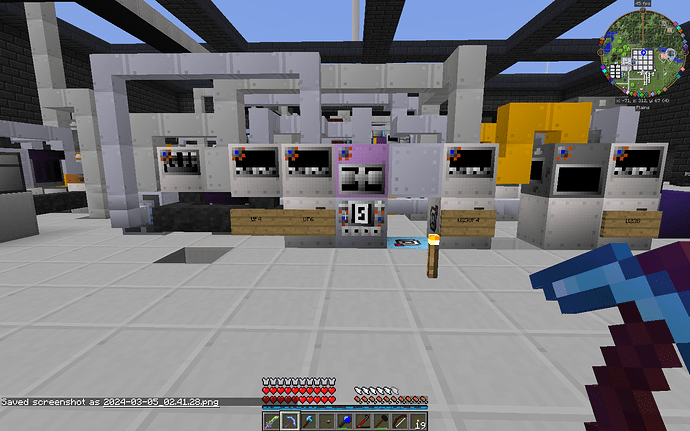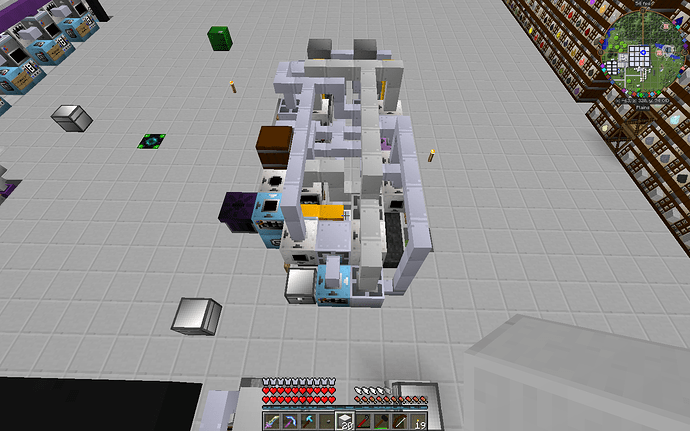The breeding changes are merged, you can play with them right now in the testing release.
Exponential neutron progress on breeder rods is gone. A new stat is added to breeder rods: Neutron loss. Any amount of neutrons put onto the breeder rod from any side will have this value subtracted. This means, that the measured neutron count of the breeder rod is actually what is added to the breeding progress each tick. The neutrons needed for each breeder rod have been rebalanced accordingly and are therefore lower, keep in mind this change is not retroactive to already created breeder rods, so those will take significantly longer to breed.
Keep in mind that the neutron loss is per neutron input, so for example putting 1500 Neutrons into two sides of a breeder rod with a Neutron Loss of 1000 by using two fuel rods will not give you 2000 Neutrons of progress, but 1000 ((1500 - 1000) + (1500 - 1000)).
Another change to breeding to make it a bit less tedious to automate, while making it a bit more tedious to automate in other ways and also slightly less dangerous is that breeder rods won’t directly turn into fuel rods anymore, but Enriched Rods. These enriched rods can simply be progresses by centrifuging them to get the new material (and a bit of the old that didn’t convert).
This also changes how you need to detect that breeding is finished and therefore will most likely mean that any old automated breeder reactor will need to be updated. The Enriched Rod will act exactly like the breeder rod, with the only difference that it doesn’t have a neutron loss and thus you can measure slightly higher neutron counts on it, which can be used to detect that breeding is finished. This approach was chosen as it means that no old automated breeder reactor would be at risk of exploding. Alternatively you can also now also quite easily calculate how long breeding will take and control you reactors with timing.
A new breeder rod has also been added: Lithium-6, breeding into Tritium. The Tritium can quite conveniently be extracted with a canning machine, making automation slightly easier. I plan to make the amount of Li-6 you get from centrifuging the refined ore a bit higher to make this approach of obtaining Tritium a bit more useful and also a bit more realistic, Li-6 is a much more common to Li-7 compared to how common U-235 is to U-238 but the centrifuging ration is the same.
Another tweak I added is lowering the amount of better fuels obtained from centrifuging depleted fuel rods to a third of what it was initially. This should help combat the abundance of good nuclear fuels a tiny bit.
And now for something completely different: Better tooltips for the rods.
The tooltips now include information about what those various stats mean, hopefully making the system a tiny bit less cryptic. Here feedback is especially helpful, as to the helpfulness and clearness of the tooltips. With the next part of the rework I’ll also release an updated reactor guide to make things yet more understandable, maybe even adding some ingame books with some information.
As always, all kinds of constructive feedback are appreciated.






